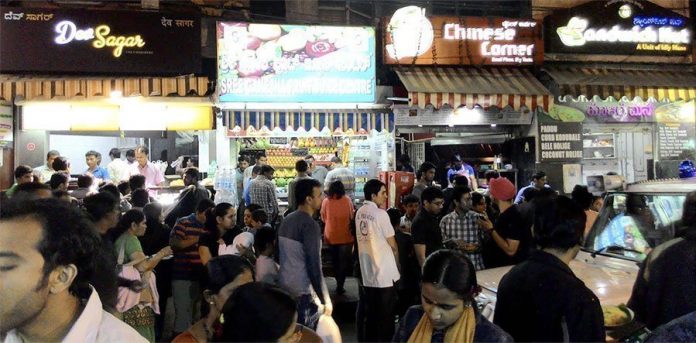The Indian food service industry is evolving rapidly with a tech-savvy consumer base with double incomes and less time to cook at home. The National Restaurants Association of India has released India Food Service Reports (NRAI IFSR) 2019 for Mumbai, Delhi, Bengaluru and Kolkata chapter, which reflect an eating out frequency of 6.6 per month. The implication is that the Indian market provides food service players with an exciting opportunity to expand with this large consumer base.
The 4th edition of the National Restaurants Association of India’s research study includes mapping of trends, opportunities and challenges of the restaurant sector in India. To conduct this study, comprehensive data was collected by detailed interactions with food service sector players, including more than 130 restaurant chief executive officers and 3500 consumers across 24 cities in India.
Growing food industry
As per NRAI IFSR 2019 reports, the Indian food service industry has grown at a CAGR of 11% from 2016, with the current market size being Rs 4.23 lakh crore in 2018-19. The report estimates the industry’s growth at a CAGR of 9% to reach Rs 5.9 lakh crore by 2022-23.
India’s food sector is growing rapidly as Indians seldom look for an occasion to dine out and are always on the lookout for different cuisines. New eateries are opening every other day such as Quick Service Restaurants (QSRs) and affordable casual dining restaurants (ACDRs). These are the fastest growing sectors and the new concepts like cloud kitchens are also getting popularity. The report quotes that in FY2018-19, the market size of QSRs, ACDRs and cloud kitchens stood at Rs 32,880 crore, Rs 60,255 crore and Rs 928 crore, respectively.
Unorganized food service sector
The Indian food service sector is mainly unorganized and the organized segment accounts for only 35% of the total market. The unorganized food sector in India is estimated to be Rs 2,75,512 crore, while the organized sector is at Rs 1,48,353 crore. The organized sector is expected to grow at a CAGR of 15% to reach Rs 2,57,907 crore over the next three years if the unorganized sector becomes organized. The survey conducted in different cities reports the market size of organized food service in Mumbai at Rs 40,880 crore, Delhi at Rs 31,132 crore and Bengaluru at Rs 20,014 crore.
Bengaluru spends more than Mumbai, Delhi and Kolkata
According to the NRAI report, the average spending per household per month on eating out in Bengaluru is Rs 3,586, in Mumbai Rs 2,890, in Delhi Rs 1,381 and in Kolkata Rs 1,372. The estimates suggest that on an average, Indian families spend Rs 2,500 per month on eating out. It is also stated that Mumbaikars dine out or order less than Delhiites do, but they spend more when they do. Bengaluru’s food service industry’s growth is largely attributed to the city’s cosmopolitan culture and IT sector.
According to the report, in 2018-19, the Indian restaurant industry employed 7.3 million people. Mumbai’s food service industry (which employs 4,28,358 people), that had long been trailing to Delhi’s (which employs 3,01,715 people), is the biggest (42% higher than Delhi) in the country. Bengaluru generates direct employment of 1,17,660 people whereas Kolkata employs 66,234 people.
Single-window system for food safety licensing
The report also reveals that the food service industry has hurdles and challenges such as high real estate and manpower costs, inadequate supply chain infrastructure, financing issues and importantly – policy formulation. The report is meant to aid entrepreneurs and investors to make informed decisions and unite the industry under one roof. In the report, NRAI urges government agencies to provide a single-window system for all food and beverage service outlets as it feels that there are multiple departments responsible for licensing and renewals.








